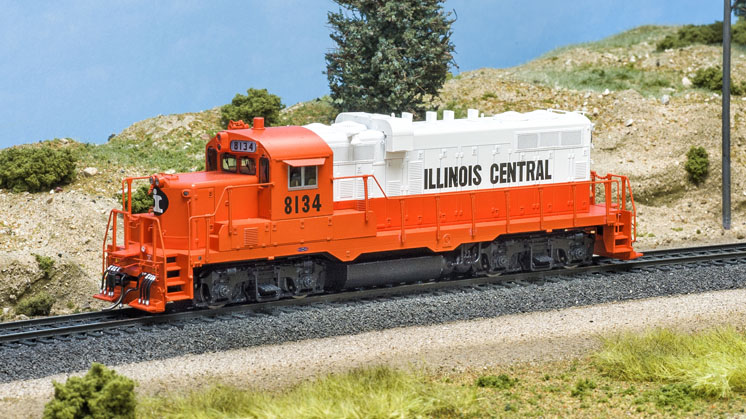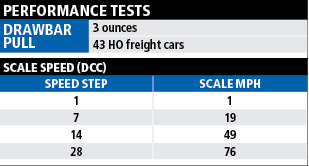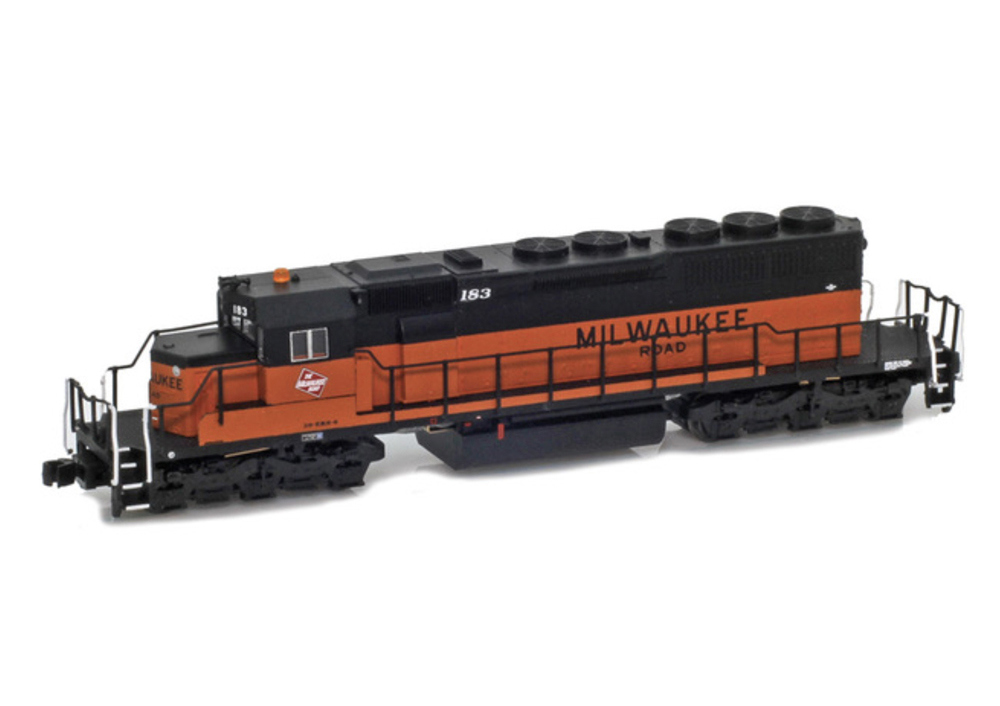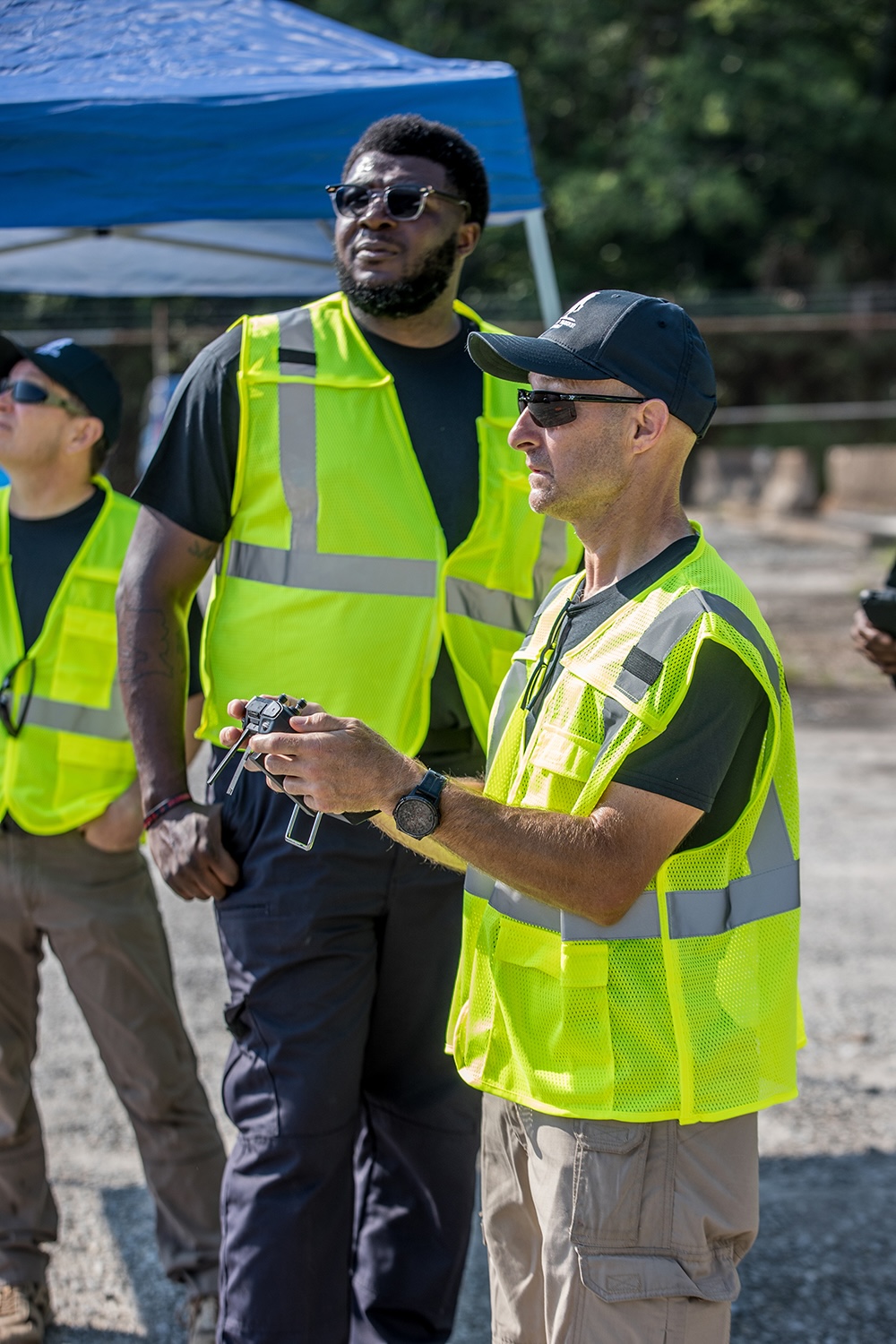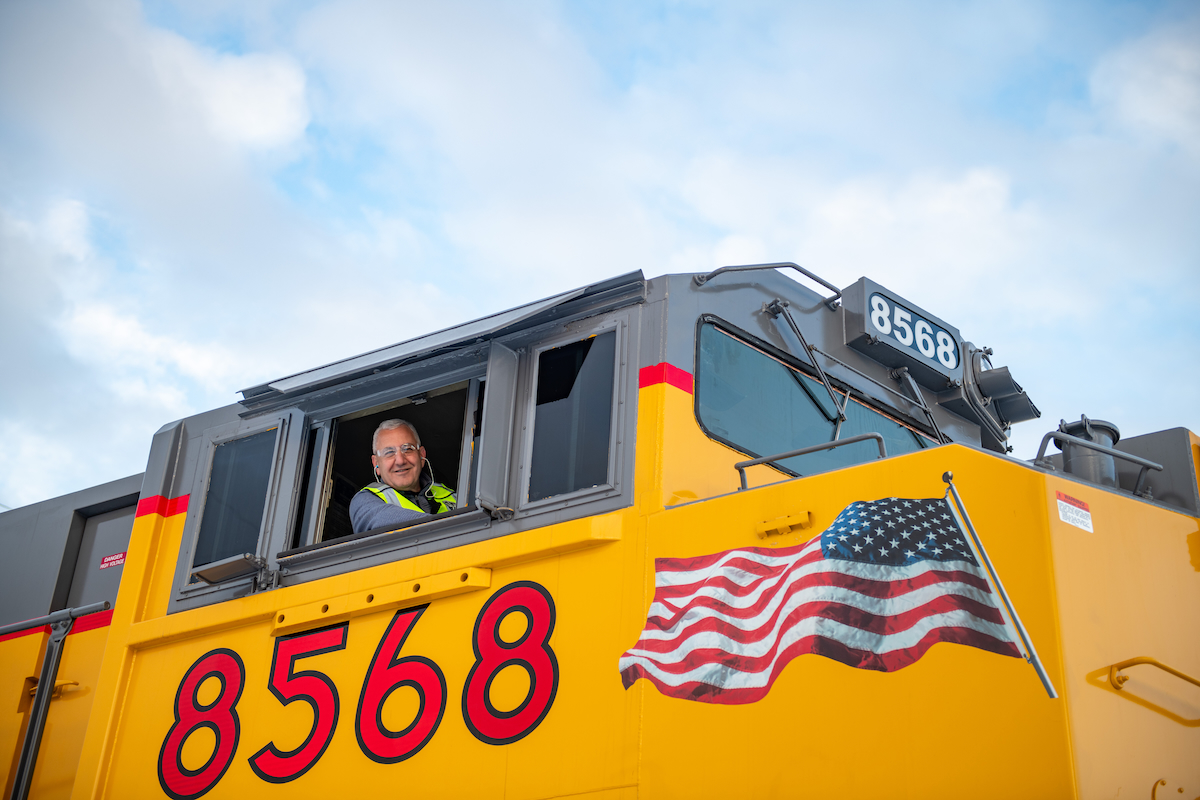A Paducah, Ky.,-rebuilt Illinois Central GP10 diesel locomotive is now available for the first time in injection-molded plastic from InterMountain Railway Co. The HO scale model features railroad-specific details, a die-cast metal frame, and etched-metal grills and step treads.
A rebuilding bonanza. From May 1967 until December 1982, Illinois Central (Illinois Central Gulf after August 1972) rebuilt diesels at its Paducah shops. During the 15-year program, the railroad rebuilt 708 locomotives for the IC and ICG. Of those, 347 were GP10s, IC’s designation for rebuilt GP9s.
As with any rebuilding program, there were variations. The first five GP10s retained their high short hood; the remaining locomotives had a low short hood. Early chop-nose GP10s lacked nose headlights. Units built between July 1969 and October 1971 had horizontal “frog eye” headlights on the low short hood. Subsequent units had vertical headlights recessed in the nose.
From April 1969 forward, all GP10s were fitted with a paper air filter, replacing the oil bath air filter used in GP9s. The shape of the housing for the new filter was dubbed an “ox yoke” because of its shape. The horsepower rating of the GP10s also changed during the program.
For a thorough history of the Illinois Central Paducah rebuilds, read “Diesel Rebuilding at Paducah: 1967-1982” in the Sept./Oct. 1999 issue of Diesel Era.
Our review sample is decorated as IC no. 8134. The prototype locomotive was built in January 1956 as IC GP9 no. 9134. The Paducah shop forces rebuilt the locomotive as GP10 no. 8134 in October 1969. Number 8134 later served on the Chicago Central & Pacific from the mid-1980s until 1996, when it returned to the IC after the railroad purchased the CC&P.
The paint on the model is smooth and evenly applied, and the lettering is crisp. There were a few small voids in the Illinois Central lettering between the doors, but nothing that couldn’t be fixed with paint and a fine brush.
The cab features a control stand and three seats, all painted tan. Crew figures aren’t supplied with the model, but they’d be fairly easy to install.
The majority of the details match prototype photos I found online. The wire grab irons and lift rings are scale sized, but the can antenna on the roof is slightly oversized.
There were a few minor detail issues, but nothing I’d consider deal breakers. The Automatic Car Identification plates attached to the handrail stanchions and the wind deflectors on the cab sides were omitted, the cab sun shades should be cloth, and the Gyralights between the number boards should have lower visors (and the upper light should be red). The J-shaped nose handrail wasn’t original to the 8134. Based on photos, it must have been added sometime in the 1970s.
To separate the plastic shell from the die-cast metal chassis, I removed the front and rear draft-gear boxes and two body screws (one on each side) in front of the fuel tank. The model uses light-emitting diodes for the headlights, class lights, and number boxes. No wires are tethered to the shell on our sample, making it easy to remove. However, models with rooftop beacons have tethered wires, so use caution when removing the shell.
Inside is a skew-wound motor with dual flywheels. A screw-mounted weight spans the motor, flywheels, and rear truck. Our sample features an ESU LokSound Select sound decoder. The printed-circuit board is attached to the top of the weight with four screws. The speaker is above the rear truck.
Per the four-page operator’s guide, InterMountain doesn’t recommend operating decoder-equipped locomotives on DC layouts. However, InterMountain offers a 21-pin plug that allows those models to operate on DC. The company notes that some lighting functions may not work properly when the plug is used.
Like most models equipped with DCC and sound, the default address is 3. However, don’t expect to hear sound effects right away. You need to select F8 to activate the engine-startup sequence. It takes about 20 seconds for the engine to get to idle before speed commands can be applied.
If patience isn’t your thing, you can adjust configuration variables (CVs) so track power activates the engine-startup sequence and the startup delay is deactivated. These changes are covered in the operator’s guide.
I tested the model in DCC with NCE’s PowerCab. The locomotive moved at 1.3 scale mph at speed step 1. At speed step 28, the model reached 76 scale mph.
I was quite impressed with the GP10’s pulling capability. The model pulled 13 50-foot freight cars up a 3 percent grade on our Milwaukee, Racine & Troy layout. With a drawbar pull of 3 ounces, the locomotive can pull 43 cars on straight and level track.
Our model’s decoder also features ESU’s Full Throttle diesel effects package. Function 9 is Drive Hold. This allows you to increase or decrease the engine rev while maintaining a constant speed.
Function 10 is the Independent Brake feature. The function button must be pushed a second time to release the brake.
Run 8 and Coast are also included, but not mapped to a specific function key. I followed the instructions available on the IM website to map the functions. Run 8 puts the locomotive into notch 8 as soon as I applied the throttle. This simulates the locomotive starting out with an extra-heavy load. Coast sets the RPM to idle, and the throttle controls only the speed without affecting the sound. This effect is useful for simulating a locomotive drifting downgrade.
I’m a fan of odd locomotives, but I never thought I’d see a Paducah GP10 in plastic. A tip of the hat to InterMountain for thinking out of the box.
Many Paducah GP10s are still earning their keep on shortline and regional railroads throughout the country. I wouldn’t mind seeing a future run with models lettered for Independent Locomotive Service.
Price: with ESU LokPilot motor-only decoder for Digital Command Control, $189.95; with ESU LokSound sound decoder, $279.95; DC plug, $5 (free if DCC decoder is returned)
Manufacturer
InterMountain Railway Co.
1224 Boston Ave.
Longmont, CO 80501
www.intermountain-railway.com
Era: October 1969 to 1985 (as decorated)
Road names: Illinois Central, Conrail, Illinois Central Gulf, Iowa Interstate, and MidSouth. See manufacturer’s website for other road names.
Features
• All-wheel drive and electrical pickup
• Blackened metal wheels, correctly gauged
• Factory-painted wire grab irons
• Kadee couplers, mounted at correct height
• Light-emitting-diode lighting
• Weight: 14.9 ounces





